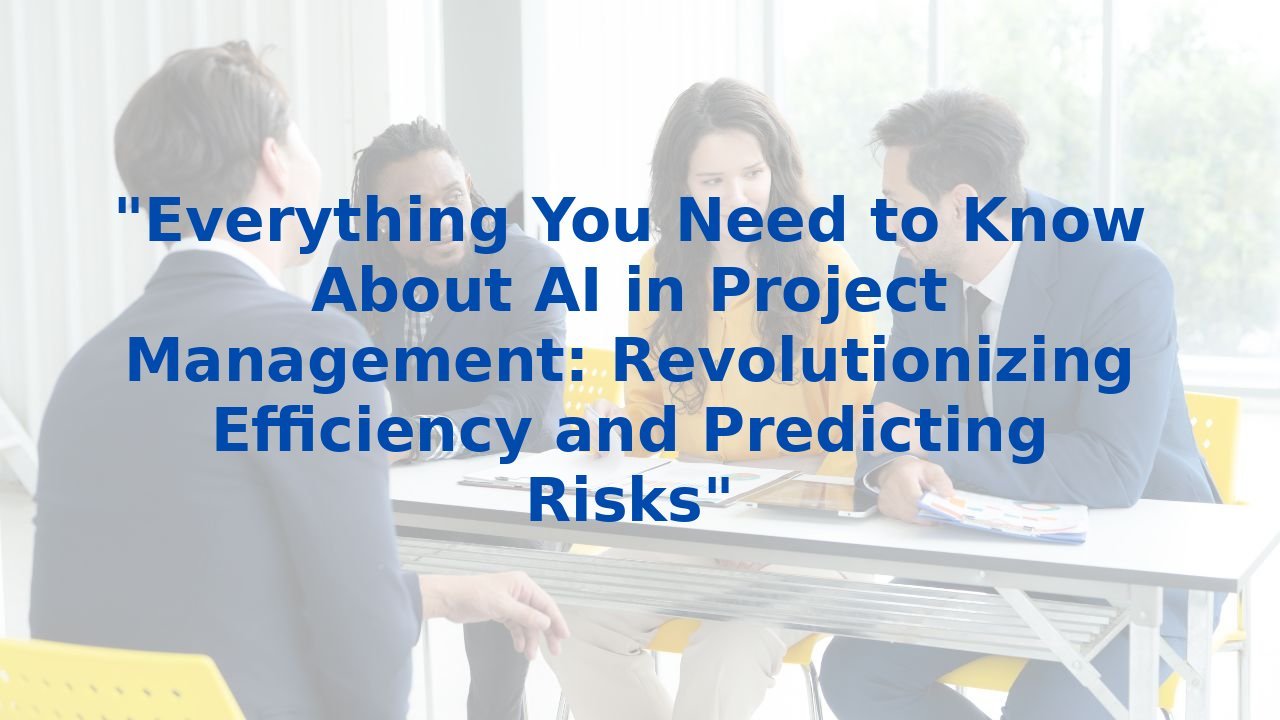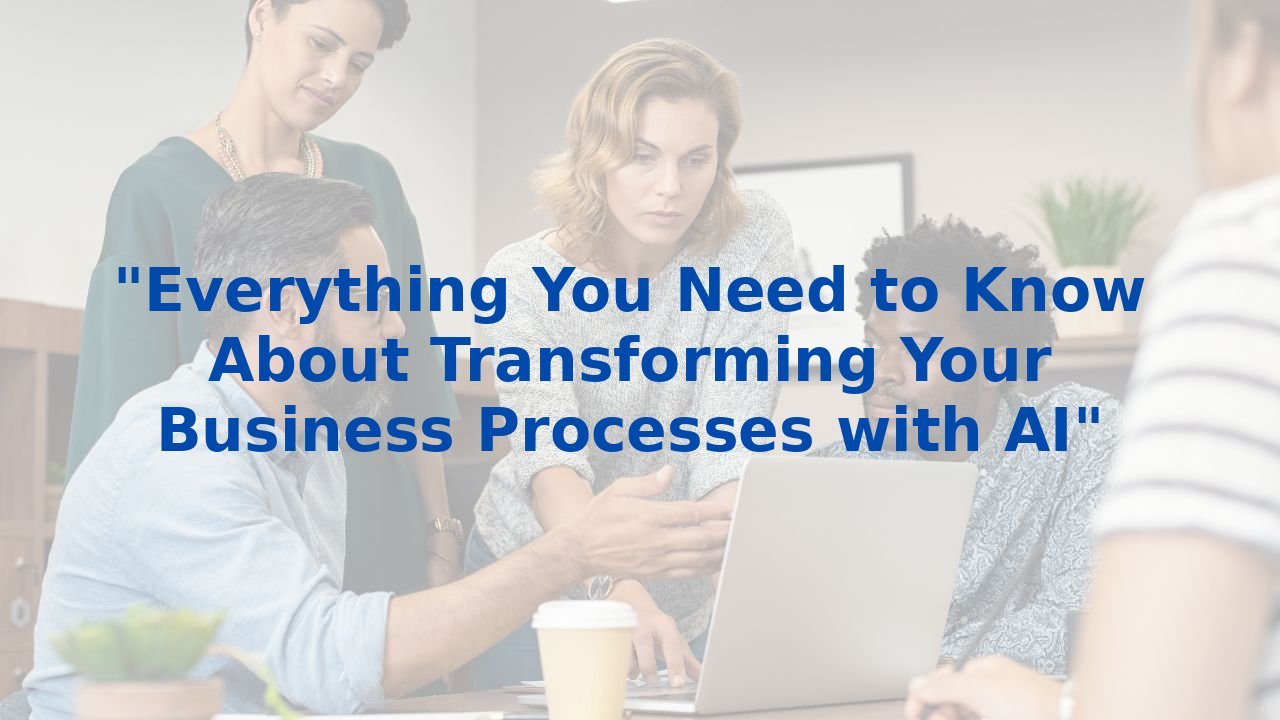Revolutionizing Viscoelasticity Calculations: Everything You Need To Know About Our Game-Changing Approach
Revolutionizing Viscoelasticity Calculations: Everything You Need To Know About Our Game-Changing Approach
In an era defined by rapid technological advancement, the frontiers of scientific understanding are expanding at an unprecedented pace. Amongst the many breakthroughs, the integration of Artificial Intelligence (AI) in viscoelasticity calculations is emerging as a transformative factor. This post delves into how AI can refine these calculations, revolutionize business practices, and elevate organizational efficiency.
Understanding Viscoelasticity: The Basics
Viscoelasticity is a critical property concerning the deformation of materials that exhibit both viscous and elastic characteristics when subjected to stress. Industries ranging from manufacturing to healthcare rely heavily on accurate viscoelasticity calculations to predict material behavior under various conditions. However, traditional methods can be time-consuming, prone to human error, and unable to analyze complex datasets effectively.
The Role of AI in Enhancing Viscoelasticity Calculations
Enter AI—a powerhouse of innovation. By leveraging AI in viscoelasticity calculations, businesses can significantly enhance the accuracy and speed of their analyses. Here’s how:
1. Process Discovery and Mapping
AI excels in process discovery. By analyzing historical operational data, AI can identify inefficiencies in the existing calculation processes. A deep dive into data lets organizations pinpoint bottlenecks and redundancies, creating a framework for a streamlined process. Continuous updates and accurate assessments mean you’re never left in the dark about the state of your processes.
2. Automation of Repetitive Tasks
Repetition can drain resources. AI allows for the automation of routine calculations and data entries associated with viscoelasticity. This not only frees up valuable human talent for more complex creative tasks but also cuts down the risk of errors that could have significant repercussions in research and production.
3. Continuous Monitoring and Improvement
AI's capability for continuous monitoring means that organizations can track the performance of their viscoelastic calculations in real time. When integrated with advanced algorithms, AI can recognize deviations and suggest corrective actions, making the entire process agile and adaptive. The result? Enhanced accuracy and efficiency, helping organizations stay on the cutting edge of their industry.
4. Enhanced Decision-Making
Imagine having a tool that not only provides data but helps dig deep into insights. AI transforms the decision-making landscape by enabling rapid analysis of complex datasets. This helps scientists and engineers make informed predictions about material behavior—accelerating innovation and allowing organizations to leapfrog competitors.
5. Predictive Maintenance and Risk Management
In fields where material properties are crucial, AI acts as a sentinel. It can predict potential failures by meticulously analyzing the performance of materials under various conditions, ensuring minimal downtime. Risk management in handling viscoelastic materials becomes more effective with AI’s capacity to detect anomalies and offer timely interventions.
The Benefits of Training Employees for AI
While the tech itself is pivotal, the human element remains integral. Training employees to utilize AI technology is paramount for maximized efficiency. Here’s why:
- Adaptability: A workforce educated in AI tools can integrate new technologies seamlessly, fostering a culture of innovation and ensuring you’re ready for what lies ahead.
- Informed Decision-Making: Employees equipped with AI knowledge comprehend data better, leading to smarter and quicker decision-making.
- Enhanced Creativity: Familiarity with AI can empower employees to explore innovative methodologies and applications, greatly contributing to organizational creativity.
- Increased Efficiency: Understanding AI enables teams to optimize workflows and reduce the manual burden, allowing a greater focus on qualitative improvements.
The Road Ahead
The intersection of AI and viscoelasticity offers a beacon of transformation. Shared insights, advanced analytics, automated processes—they're not just advantages; they are game-changers that redefine how organizations operate. With AI, viscoelasticity calculations become not just faster, but smarter, paving the way for innovation and paving the path for strategic leadership in your field.
As organizations embark on this transformational journey, embracing AI isn’t merely a choice; it’s a necessity for those who aim to lead and innovate. By investing in technology and empowering people, businesses are not just optimizing processes; they are crafting futures filled with potential.
Let’s embrace this revolution, not only in our approaches but also in how we empower our most valuable asset—our people. The possibilities are limitless when we marry ambition with technology.



